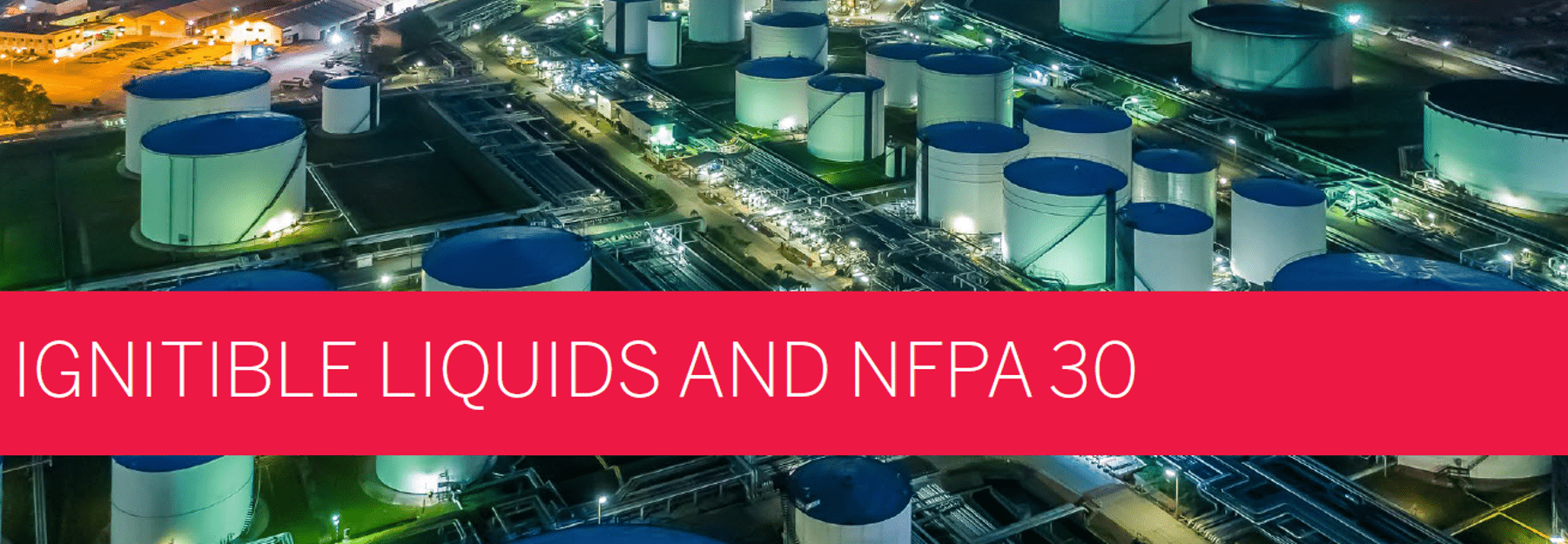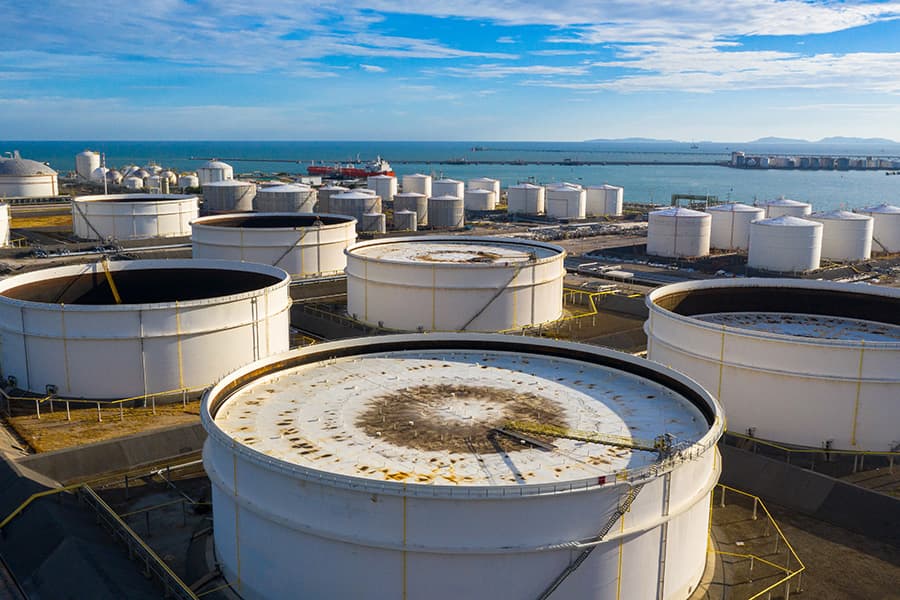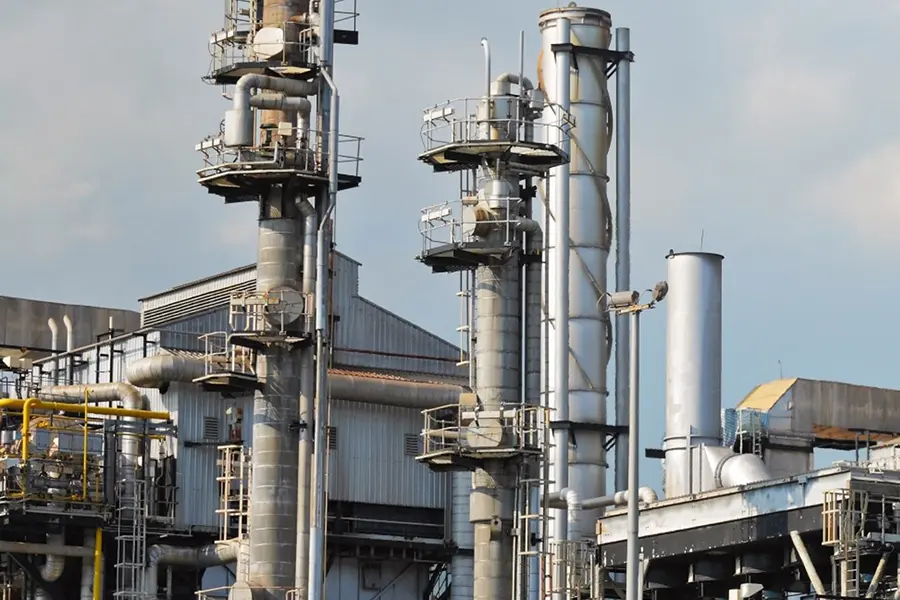NFPA 30: Fire Safety Standards for Flammable Liquids
Ruhrpumpen's Fire Campus: February 2025
Between 2014 and 2018, local fire departments responded to an average of 970 structure fires annually that originated from the ignition of flammable or combustible liquids. These incidents resulted in an estimated three civilian deaths, 57 civilian injuries, and $180 million in direct property damage each year. According to a March 2021 analysis by the National Fire Protection Association® (NFPA®) Applied Research, these fires primarily occurred in manufacturing, industrial, warehouse (including cold storage), and storage tank facilities.

Ignitable (flammable and combustible) liquids produce vapors that can ignite and burn. NFPA 30, the Flammable and Combustible Liquids Code, outlines fundamental fire and explosion prevention requirements for the safe use and storage of these liquids, helping to protect both people and property from potential hazards.
EXAMPLES OF IGNITABLE LIQUIDS
- Fuels: Gasoline, diesel, home heating oil
- Hand Sanitizers: Many types contain alcohol
- Coatings: Paints, stains, varnishes, and other finishes
- Cooking Oils: Peanut oil, olive oil, canola oil
Since 1913, NFPA 30 has provided guidance to professionals such as plant managers, environmental health and safety managers, design consultants, regulatory personnel, and fire protection engineers in safely handling ignitable liquids. Its requirements, shaped by decades of experience, aim to reduce the risk of fires and explosions in industrial, mercantile, and warehouse settings. Adhering to this code helps minimize accidents, fires, and regulatory penalties while ensuring safe operations and preventing business disruptions.

Implementation of the requirements of NFPA 30 can help to control the fire hazards related to the storage and handling of ignitible (flammable or combustible) liquids in the following areas:
| Storage and Warehousing | Tanks | Operations |
| Approved containers | Aboveground storage tanks | Dispensing and handling liquids |
| Max allowable quantities | Underground storage tanks | Transferring and using liquids |
| Automatic fire protection | Piping | Processing liquids and bulk |
Changes to the storage requirements of ignitible (flammable and combustible) liquids have been developed for the 2021 edition based on results of recent fire testing and include:
- The application of NFPA 30 container requirements to beverages, medicines, food, cosmetics, and other consumer products containing water-miscible ignitible liquids that are greater than 20 percent by volume ignitible liquids instead of greater than 50 percent by volume.
- Six new storage designs for containers storing Class IB, IC, II, IIIA, and IIIB liquids.
- Additional storage options for protected general-purpose warehouses.

The requirements of NFPA 30 are established by five committees comprising representatives from manufacturing, consulting, insurance, research and testing, industry and trade organizations, and government agencies. NFPA follows a consensus-based standard development process that is open to the public. To address emerging challenges in the handling and storage of ignitable liquids, NFPA 30 undergoes a revision cycle every three years.
